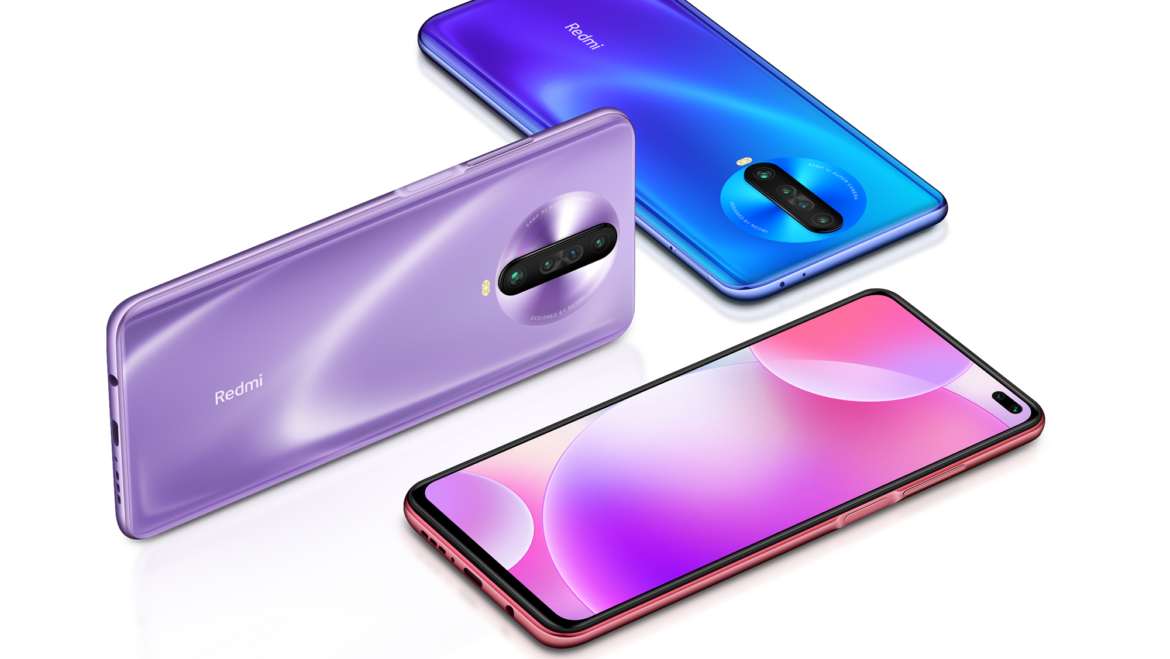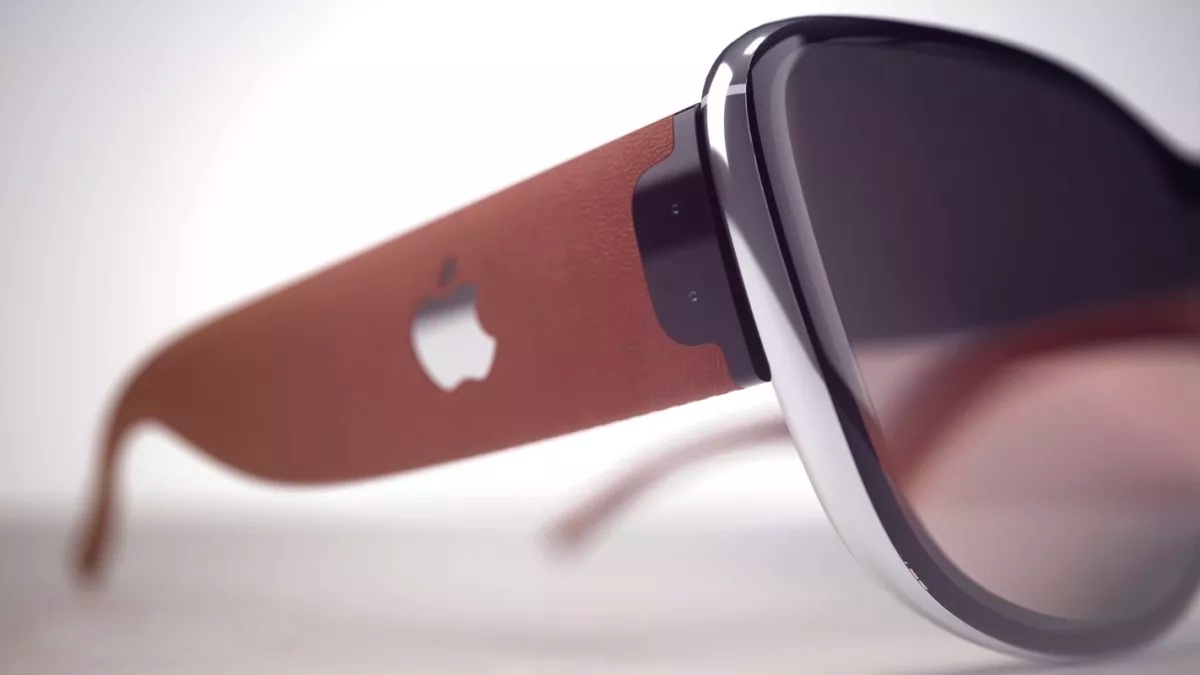Xiaomi's 144Hz phone already has the Galaxy S20 beat
Frames on frames on frames

Smartphones with fast-refresh-rate displays are becoming more common, given devices such as the OnePlus 7T and Pixel 4. This year, we expect to see even more handsets touting similar technology, including Samsung's Galaxy S20, which has been rumored to offer a 120Hz AMOLED display (albeit only when running in full-HD resolution, apparently).
Well, we hate to break it to Samsung, but it seems they've already been beaten well before the S20's release, by none other than Xiaomi.
This week, the phone maker published a video on Chinese social network Weibo showing one of its new models — the Redmi K30 5G — running an animation on a website at a blistering 144Hz. That's beyond the fastest, 120Hz refresh rates you find in some gaming-centric handsets, like the ROG Phone 2 and Razer Phone 2.
Now, for a couple of caveats: the Redmi K30 5G is on sale in China right now, and it utilizes a 120Hz IPS LCD panel. LCD is great for offering smooth refresh rates for lower costs, but in terms of color quality, it pales in comparison to OLED technology. Furthermore, it seems this particular K30 has been tweaked, via software or hardware, in such a way that allows it to hit 144Hz. In other words, this isn't something owners can simply do right now if they've already got the device in hand.
Still, it is nice to see such a high refresh rate in motion, especially considering some, more established phone makers are waffling on stuffing 120Hz or even 90Hz panels into their products, even if there are reasons for that. Quick refresh rates offer dazzlingly smooth animations, of course, but at the expense of a heightened toll on battery life and, depending on the implementation, strange activity at lower brightness levels. That's exactly why some devices, like the Pixel 4, slow the refresh rate when the screen is dim.
Furthermore, one could argue that it's a game of diminishing returns after you exceed 120Hz, on the way to 144Hz or higher. The difference might be more noticeable or desirable on your TV or gaming monitor, but on a smartphone it's harder to justify given the energy constraints and small size.
So while it's encouraging that Xiaomi can pull this off, we aren't sure it's a great idea for consumer devices just yet. And it would seem the company knows this; at this time, the 144Hz display in the Redmi K30 5G is just a laboratory concept, with unspecified plans for release. However, the upcoming Xiaomi Mi 10 and Mi 10 Pro, which will likely make it to Europe (unlike the China-only K30 Pro) are rumored to offer 90Hz OLED panels — so perhaps Xiaomi plans to get to 144Hz, eventually.
Sign up to get the BEST of Tom's Guide direct to your inbox.
Get instant access to breaking news, the hottest reviews, great deals and helpful tips.
Adam Ismail is a staff writer at Jalopnik and previously worked on Tom's Guide covering smartphones, car tech and gaming. His love for all things mobile began with the original Motorola Droid; since then he’s owned a variety of Android and iOS-powered handsets, refusing to stay loyal to one platform. His work has also appeared on Digital Trends and GTPlanet. When he’s not fiddling with the latest devices, he’s at an indie pop show, recording a podcast or playing Sega Dreamcast.
-
matres Xiaomi Black Shark 3 is coming :) also i found article where is photo of settings of display of the black shark. But i have suspicion that Poco phone will come also with this kind of display. What do you think?Reply
